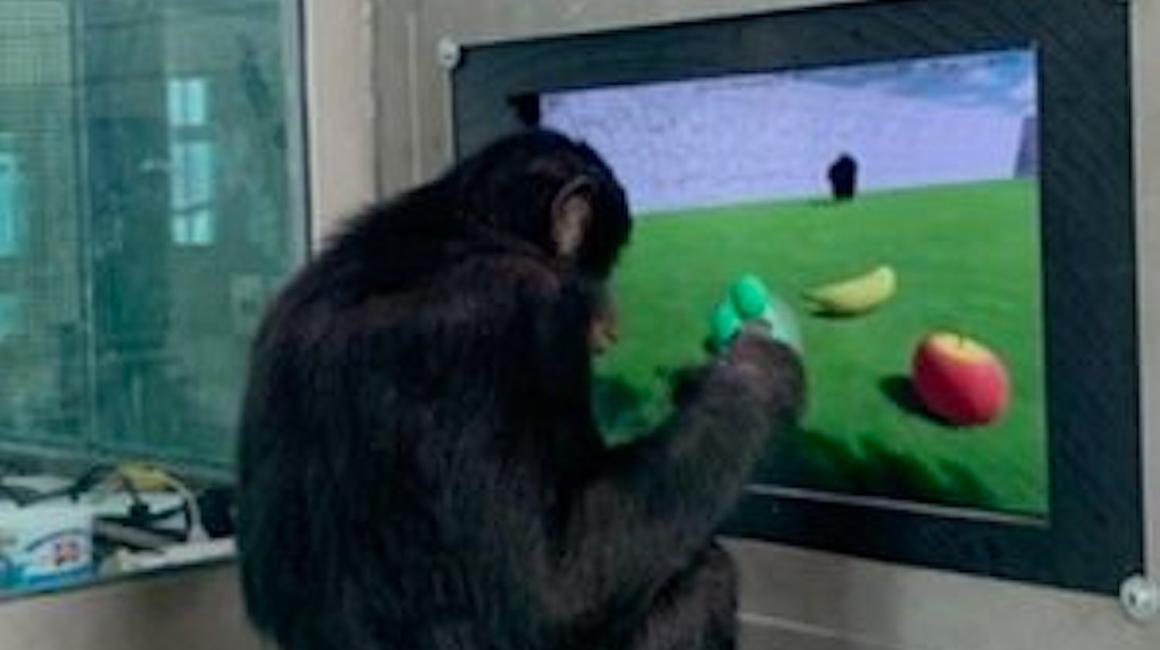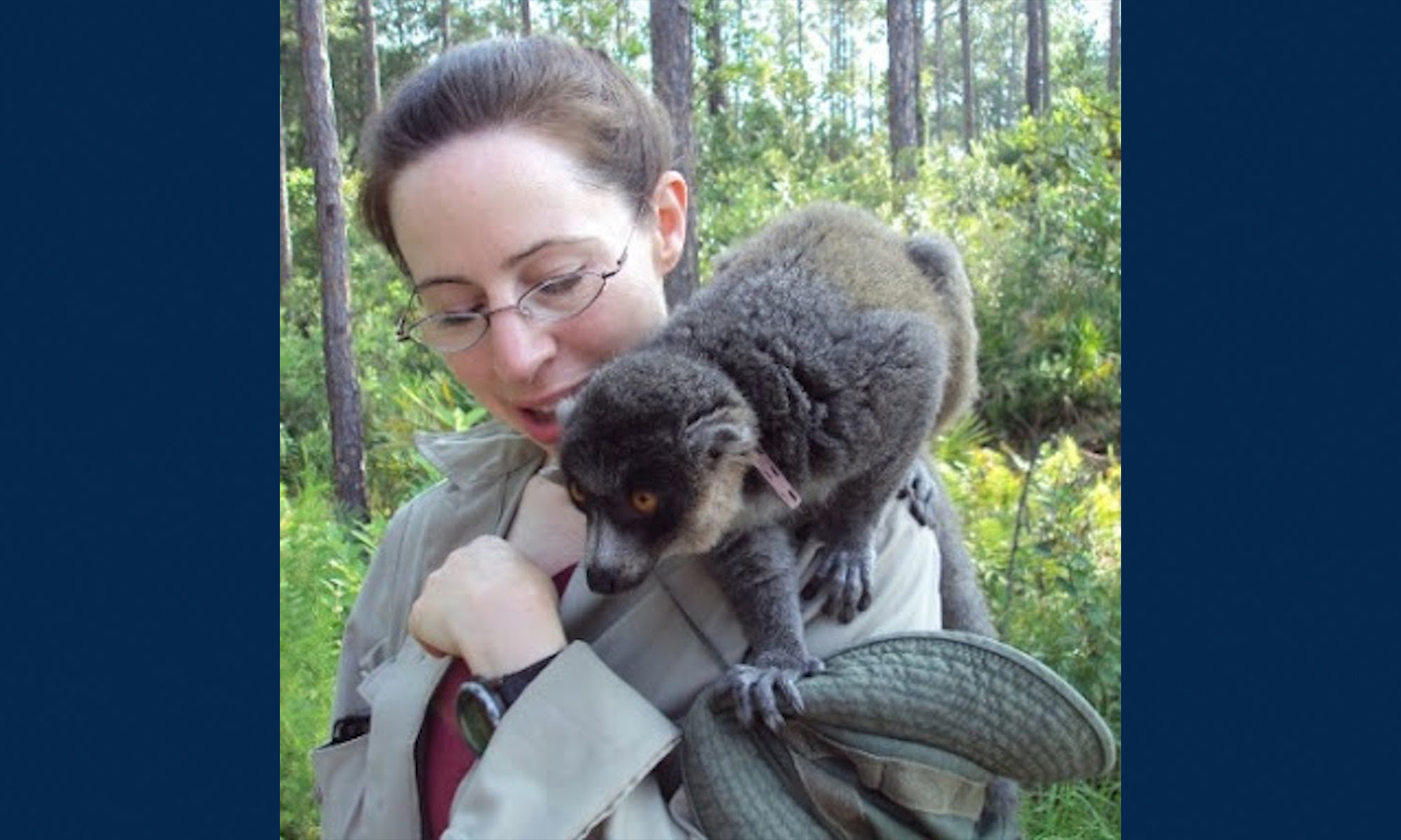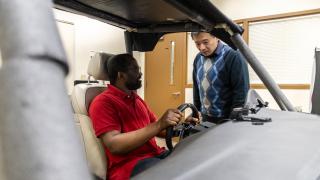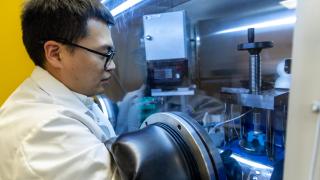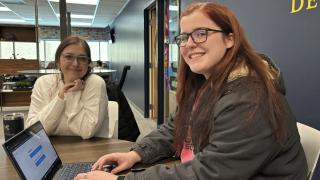Dolins and her colleagues’ are examining primates — bonobos, chimpanzees, orangutans and humans — to see if they have the ability to see themselves and act as “we.” To test this, the behavioral scientists are designing virtual systems so that these apes have the opportunity to display their ability to cooperate through we-intentions, which is the intentional sharing of tasks like dividing labor.
“Although many species engage in joint action (two or more individuals acting toward a shared goal), evidence has previously suggested that only humans possess shared we-intentions that flexibly support intentional joint action,” Dolins says. “Young human children show the ability to carry out intentionally shared tasks. But what if primates have this ability and we just don’t know how to recognize it or have not been able to provide them with the opportunity to show this?”
But — when asking these questions — how do you find answers?
Dolins and her research team colleagues will examine the way bonobos, chimpanzees, orangutans and humans interact with each other using virtual avatars in solving cooperative problems such as hunting. From Dolins’ previous research work, she knew that bonobos, chimpanzees, humans and artificial intelligence agents can rapidly learn to navigate in virtual environments. So the team created virtual reality mini-worlds with built-in cooperation challenges.
Using controlled, systematic and repeated exposure in various virtual reality scenarios and analyzing intentional behavior choices from participants from each primate group, Dolins will analyze the choices made in the VR scenarios, the communication between individuals playing these ‘cooperation’ games, the motivations behind those choices, and how the different types of cooperation may have developed.
“It’s part of the timeless endeavor to understand ourselves and our place in the natural world,” she says. “As we look to a future with new ‘species’ of computational minds (e.g., AI agents), the ancient questions about our relationship to nature are profoundly transformed into new and more general questions — questions that this project begins to prepare us for.”
Through the evidence gathered using these VR tools, the team will look for the bridges that may exist between the kinds of social intelligences human and nonhuman apes possess, and that AI agents may develop, while also characterizing the cognitive traits necessary to possess these we-intentional cooperative problem-solving skills.
“What enabled humans to go from group hunting of prey to creating complex civic rules like democratic voting? Our project seeks to reverse engineer human and non-human primate capacities for cooperation from VR experiments that have been carefully engineered to reveal previously hidden commonalities and differences.”
Dolins research collaborators include J. Call, J. Tenenbaum, R. Lewis, M. Kleiman-Weiner and L. Schweller
